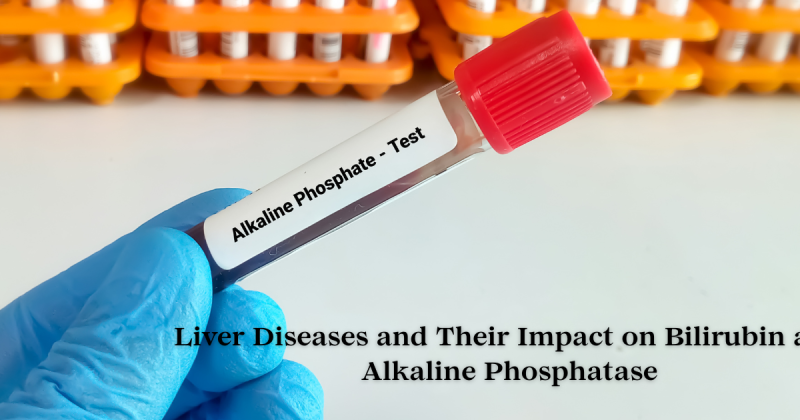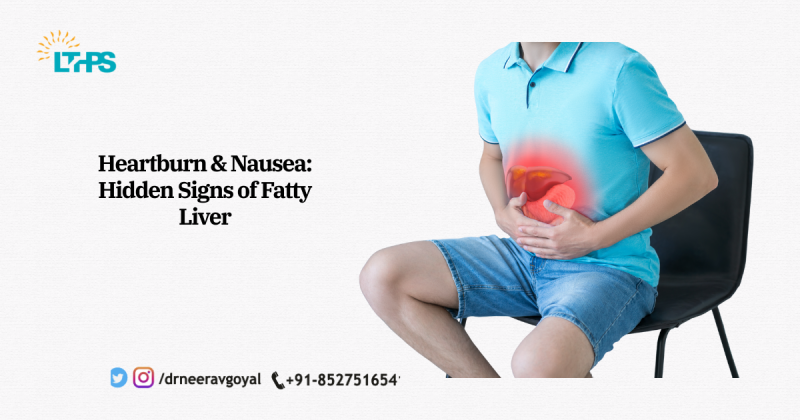Health
Liver Diseases and Their Impact on Bilirubin and Alkaline Phosphatase

Introduction
Have you ever wondered why doctors pay so much attention to your liver enzyme levels during blood tests? The liver might not make noise like your heart or lungs, but it quietly performs over 500 vital functions daily. When it starts struggling, subtle clues appear in your blood—bilirubin and alkaline phosphatase (ALP) levels being among the most telling.
In this article, we’ll explore how different liver diseases affect these crucial markers, why they matter, and when to seek medical help. Think of bilirubin and ALP as the liver’s “check engine lights.” When they flash, it’s your body’s way of saying: something’s wrong under the hood.
Discover how liver diseases affect bilirubin and alkaline phosphatase levels with insights from a top liver transplant surgeon in India
. Understanding the Liver and Its Role
Your liver is like the body’s central processing unit—it filters toxins, produces bile for digestion, stores nutrients, and manages metabolism. Located on the right side of your abdomen, it ensures your body stays in chemical balance.
Without a healthy liver, digestion slows, toxins build up, and energy levels plummet. So, when it starts malfunctioning, your entire system feels the impact.
2. What Are Bilirubin and Alkaline Phosphatase?
Bilirubin is a yellow pigment formed when old red blood cells break down. Normally, the liver processes it and sends it out through bile. If bilirubin builds up, your skin or eyes may turn yellow—a condition known as jaundice.
Alkaline Phosphatase (ALP), on the other hand, is an enzyme found in your liver, bones, and bile ducts. When liver or bile ducts are blocked or inflamed, ALP levels spike in your blood.
3. Why These Markers Are Important in Liver Health
Bilirubin and ALP act as diagnostic “road signs” for doctors.
- High Bilirubin = Possible liver cell damage or blockage in bile flow.
- High ALP = Usually indicates problems with bile ducts or bile flow obstruction.
When both rise together, it’s often a red flag that the liver’s filtration system is under stress or blocked.
4. Common Liver Diseases Affecting Bilirubin and ALP
Let’s take a closer look at some common liver diseases and how they disturb these vital enzyme levels.
- Hepatitis (Viral or Alcoholic) – Causes inflammation and damages liver cells, leading to raised bilirubin.
- Fatty Liver Disease – Fat buildup in the liver hampers its ability to process bilirubin.
- Cirrhosis – Chronic scarring affects enzyme levels permanently.
- Biliary Obstruction – Causes sharp ALP elevation.
- Liver Cancer – Significantly alters both markers in advanced stages.
5. Hepatitis and Its Effect on Liver Enzymes
Hepatitis means inflammation of the liver, usually caused by viruses like Hepatitis A, B, or C, or long-term alcohol use.
When inflammation occurs, liver cells break down, spilling bilirubin and enzymes like ALP into the bloodstream. Patients often develop jaundice, fatigue, and dark urine.
With timely treatment and lifestyle changes, bilirubin levels can normalize, but chronic hepatitis can lead to cirrhosis or liver failure.
6. Fatty Liver Disease and Enzyme Imbalance
A growing health issue worldwide, fatty liver disease is often linked with obesity, diabetes, and high cholesterol.
When fat accumulates inside liver cells, it interferes with bile production and flow. This imbalance causes moderate increases in ALP and mild bilirubin elevation.
The good news? Early fatty liver is reversible through diet, exercise, and avoiding alcohol.
7. Liver Cirrhosis and Its Long-Term Impact
Cirrhosis is like replacing a healthy sponge with scar tissue—it loses flexibility and function.
As scar tissue replaces normal liver cells, bilirubin can no longer be processed efficiently, leading to persistent jaundice. Meanwhile, ALP remains high due to disrupted bile flow.
Patients may experience swelling, fatigue, confusion, and easy bruising. In severe cases, the only option may be a liver transplant, requiring the expertise of a liver transplant surgeon in India.
8. Biliary Obstruction and Raised ALP
Imagine a blocked pipeline—bile can’t flow from the liver to the intestines. This is what happens in biliary obstruction due to gallstones, tumors, or bile duct strictures.
The blockage causes a sharp rise in ALP and bilirubin. Symptoms include itchy skin, pale stools, and dark urine.
In some cases, endoscopic or surgical procedures are required to restore bile flow.
9. Liver Cancer and Advanced Stage Enzyme Changes
Liver cancer (Hepatocellular Carcinoma) often occurs in patients with long-term hepatitis or cirrhosis.
At advanced stages, both bilirubin and ALP skyrocket, reflecting severe cell damage and bile obstruction.
Regular screening and early detection can improve outcomes, but advanced cases might require liver transplantation. Consulting a liver transplant surgeon in India early can be life-saving.
10. How Doctors Diagnose and Interpret These Levels
Doctors use a Liver Function Test (LFT) to assess bilirubin and ALP, alongside other enzymes like ALT and AST.
Typical ranges:
- Total Bilirubin: 0.3 – 1.2 mg/dL
- ALP: 44 – 147 IU/L
If values exceed these, doctors may order imaging (ultrasound, CT scan) or liver biopsy to confirm the cause.
11. When to See a Liver Transplant Surgeon in India
If your liver disease progresses despite medication, or if your liver stops functioning, you might need to consult a liver transplant surgeon in India.
You should seek urgent medical advice if you experience:
- Persistent jaundice
- Fluid accumulation in the abdomen
- Confusion or drowsiness
- Bleeding or easy bruising
India is home to several world-renowned liver transplant centers offering advanced and affordable care.
12. Lifestyle and Dietary Tips for Liver Health
Maintaining a healthy liver doesn’t require magic—just mindful choices.
- Avoid alcohol and smoking – They accelerate liver damage.
- Eat balanced meals rich in fruits, veggies, and lean protein.
- Stay hydrated – Water helps flush toxins.
- Exercise regularly – Keeps fat from building up in the liver.
- Get vaccinated for Hepatitis A and B.
Think of your liver like a sponge—it can absorb toxins, but only to a limit. Treat it kindly, and it will serve you well for a lifetime.
13. Treatment Options for Liver Disorders
Treatment depends on the underlying cause:
- Hepatitis: Antiviral or immune-modulating drugs.
- Fatty Liver: Lifestyle modification and weight loss.
- Cirrhosis: Medication, nutritional support, and sometimes transplantation.
- Biliary Obstruction: Surgery or stent placement.
- Liver Cancer: Targeted therapy, ablation, or liver transplant.
A multidisciplinary team led by an experienced liver transplant surgeon in India ensures comprehensive management.
14. Monitoring Liver Function After Treatment
Even after treatment, regular LFT monitoring helps track progress.
Your doctor may suggest tests every 3–6 months to ensure bilirubin and ALP are stable.
Long-term follow-up prevents recurrence and keeps complications at bay.
15. Conclusion and Key Takeaways
Your liver silently works around the clock, keeping your body clean and functional. When diseases disrupt it, bilirubin and ALP levels offer crucial clues about what’s going wrong.
Whether it’s hepatitis, fatty liver, or cirrhosis, early detection can make a world of difference. If the damage progresses, consulting a liver transplant surgeon in India ensures timely and expert care.
Remember — prevention is always easier than cure. Treat your liver with the same care you’d give a prized engine, and it’ll keep your body running smoothly for years.
Source:
Click for the: Full Story
You might like













 Close Menu
Close Menu